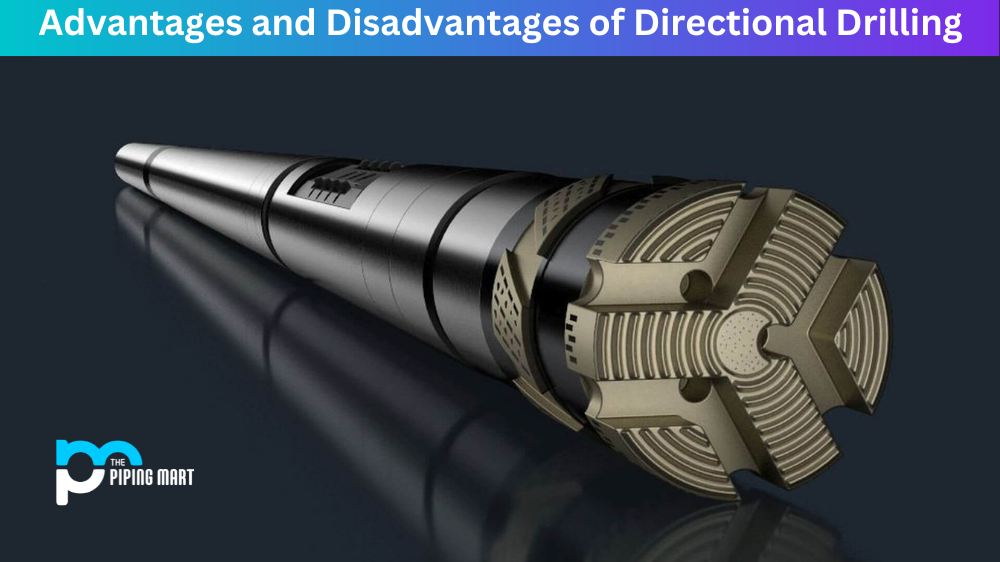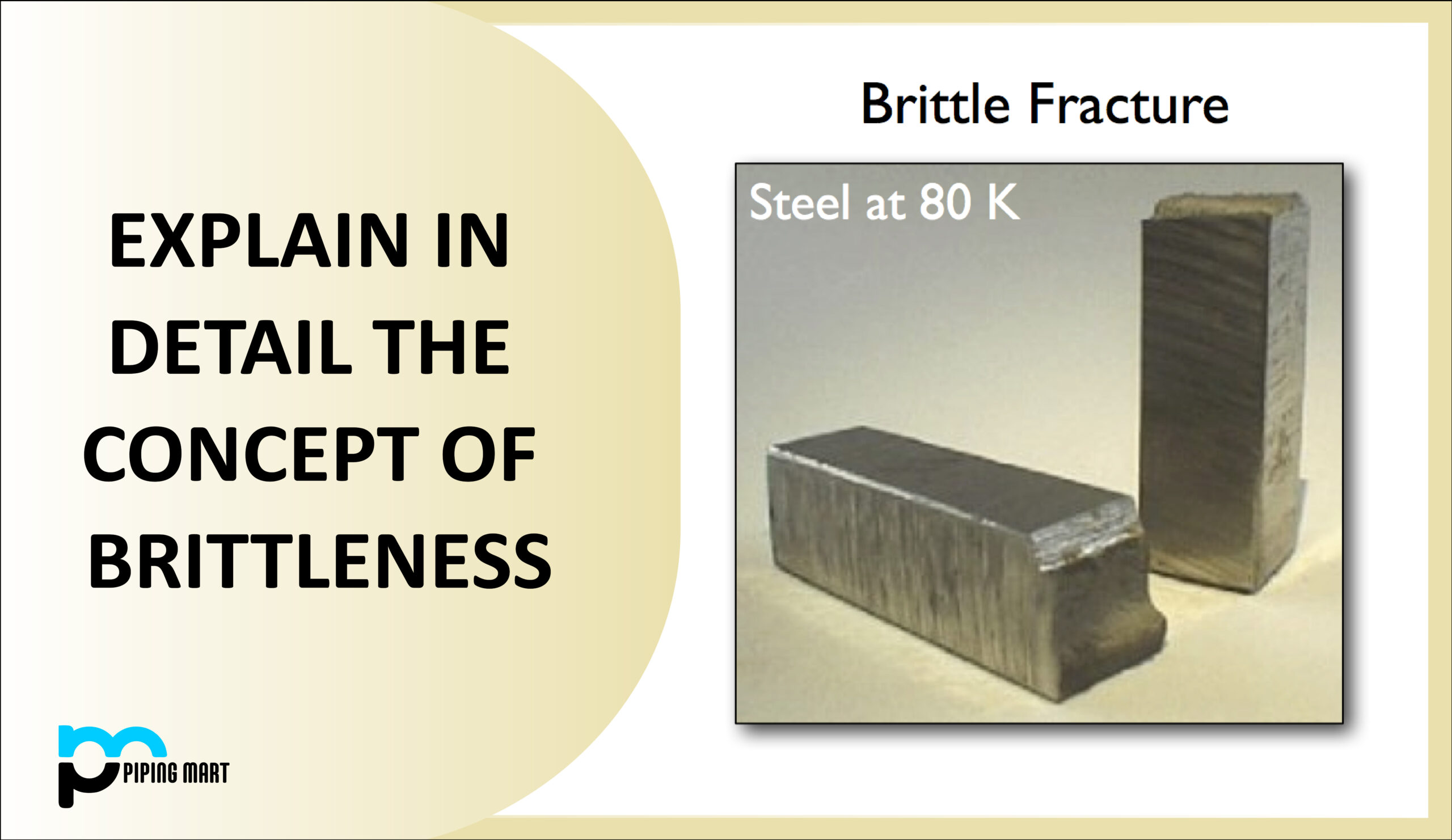Directional drilling is a highly popular technique for drilling oil and gas wells. As the name suggests, it involves drilling in a non-vertical direction, allowing for more precise and efficient drilling. It has become popular in recent years due to its advantages over traditional vertical drilling methods. However, there are also some disadvantages to be considered. In this blog post, we will explore the pros and cons of directional drilling, giving you a better understanding of this advanced drilling technique.
Advantages of Directional Drilling:
Directional drilling allows for efficient and accurate placement of underground pipelines with minimal surface disruption. It enables access to hard-to-reach areas, reduces costs, increases the speed of installation, minimizes environmental impact, and provides greater control over the location of pipes. Following are some more advantages of Directional Drilling :
Increased Yield
Directional drilling allows for a more extensive section in the production zone, boosting well productivity. It enables companies to access reservoirs that could not be reached before because of their shape or location, resulting in a much better yield. Directional drilling is also more efficient than traditional drilling methods. This is because directional drilling allows for longer pipe lengths to be used and multiple wells to be drilled from a single location. This can save both time and money.
Reduced Environmental Impacts
Directional drilling is an environmentally friendly technology. It allows for drilling fewer wells to obtain an equivalent yield, thus minimizing surface disturbance and environmental risks and reducing the size of the drill pads to minimize the effects of oil spills on the environment. Directional drilling also has a lower environmental impact than traditional drilling methods. This is because directional drilling produces less waste and uses less water than traditional methods. Additionally, directional drilling does not require explosives, which can further reduce its environmental impact.
Safety
Directional drilling enhances safety, minimizing the number of workers needed onsite. The drill can be remotely controlled with improved accuracy. Additionally, directional drilling allows drilling under waterways, highways, and other critical infrastructure without damaging the surface or risking accidents.
Economical
Directional drilling is often more economical than other drilling methods. One reason is that it reduces the need for extensive piping installations and surface disturbance, thereby saving material costs. Directional drilling can also reduce costs. This is because directional drilling requires less workforce and equipment than traditional drilling methods. Additionally, directional drilling can often be completed in less time than traditional methods, reducing costs.
Greater accuracy
Directional drilling allows for greater accuracy than traditional drilling methods. This is because directional drilling allows the drill bit to be steered in a specific direction rather than drilled straight into the ground. This can be beneficial when trying to reach a target located in a difficult or hard-to-reach area.
Disadvantages of Directional Drilling
Directional drilling can be costly and time-consuming, increasing the risk of completing projects late and over budget. Also, it requires specialized staff experienced in geological studies to understand the subsurface environment before beginning drilling. Additionally, directional drilling is prone to challenges such as problems with wellbore stability and unexpected obstructions that cannot be predicted. Following are some more drawbacks of Directional Drilling:
Increased Costs
One significant drawback of directional drilling is its increased cost. The specialized equipment, investment in R&D, and increased time to drill wells all add to the overall cost of directional drilling.
Technical Requirements
Directional drilling may require additional technical expertise beyond the standard drilling process, increasing the risk of difficulties during drilling operations. Without the proper directional drilling tools, the drill may encounter obstacles.
Limitations on Wellbore Shape
When drilling wells, limitations are based on the desired wellbore shape, rock stresses, and other geological characteristics. Directional drilling may only sometimes be possible based on these factors.
Limited Depth Capability
Directional drilling techniques have limitations when drilling deep wells.
Conclusion:
Directional drilling is undoubtedly an excellent technology with many advantages over other drilling methods. By drilling at specific angles, the tool can reach locations that would otherwise be too difficult or too expensive and can minimize environmental impacts. Nevertheless, costs and complex technical requirements may make directional drilling less feasible in some circumstances. In the end, the decision to use directional drilling, like other drilling techniques, depends on balancing the benefits and drawbacks against the goals of each operation.

Abhishek is a seasoned blogger and industry expert, sharing his insights and knowledge on various topics. With his research, Abhishek offers valuable insights and tips for professionals and enthusiasts. Follow him for expert advice on the latest trends and developments in the metal industry.



